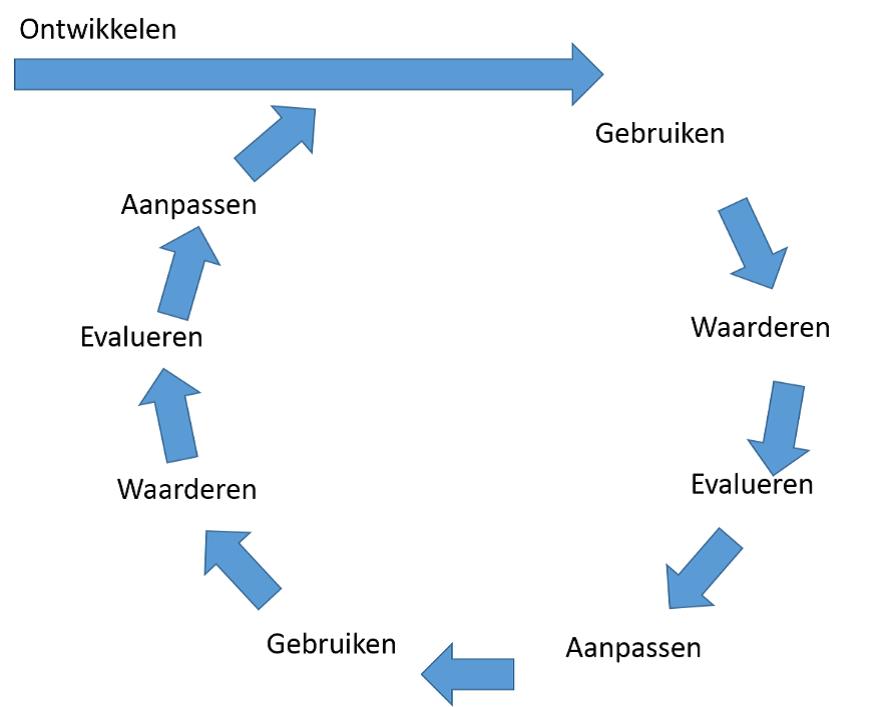More and more routes and route networks are emerging in our country. In a village, city, region or province.
For walkers, cyclists, mountain bikers, horse riders and canoeists. Linked to a theme, with or without signposting and equipped with information panels.
The underlying aim of these routes and route networks is to increase tourism and recreational spending. It also contributes to a healthy and vital society. So in fact, the goal is not having routes and a route network. To achieve the real goal, we have a vision for routes that is based on five pillars, namely:
1 Quality
We realise a qualitative route by starting from intrinsic demand. Everything about the route must fit within the DNA of the city or region. The user wants an enjoyable activity in which he experiences the environment. The route, in whatever form, must have added value. The uniqueness of the city or region is reflected in the route; that makes it stand out from the rest. In the composition of the route, our focus is on the user. Who is the consumer of this route and what does he want to experience along the way?
Quality further stands for ease of use of the routes and relevant and fun, up-to-date content. This applies to both marked routes, written routes and digital routes.
2 Cooperation
To make the routes and route products a success, we involve local entrepreneurs and stakeholders in the recreational product. Experience shows that a strong collaboration of stakeholders in an area greatly boosts the brand and products. Working together creates a common goal, everyone is on the same page, everyone feels co-responsible and everyone plays their own role in the cooperation. Together, the stakeholders offer relevant products that suit the consumers who visit and want to experience the area. This cooperation has additional added value for entrepreneurs, for example by organising knowledge sharing and product development together. Our key word for good cooperation is ‘direction’, where direction stands for coordination, steering or leading.
3 Promotion
To have a real impact on spending in recreation and tourism, routes need to be used. Consumers must be tempted to experience the routes. Tempting means persuading the target group in an attractive way through appropriate distribution channels to experience the routes. We make sure that the route product portrays a consistent image that fits the brand one wants to be, locally, regionally or nationally.
4 Continuity – Business model
Marketing routes requires solid attention over a longer period of time. Once a route has been developed, a lot of energy and attention must be put into making it popular. Good route products are used by entrepreneurs and stakeholders in their own business case. It is best if these route products are economically sustainable. We provide a business model so that management and maintenance is organised sustainably. We also ensure that there is a revenue model attached to the route product.
5 Measuring is knowing
Developing a route is where it really begins. Routes need to lead to more recreationists in the area. Here, data on the actual use of a route is essential. This data is the basis for sustainable exploitation of the routes. We provide sustainable monitoring of the products. The route will be used, people will appreciate the route and, based on user feedback, the route can be evaluated to be adapted if necessary. After this, the cycle starts again. We call this dynamic monitoring.
